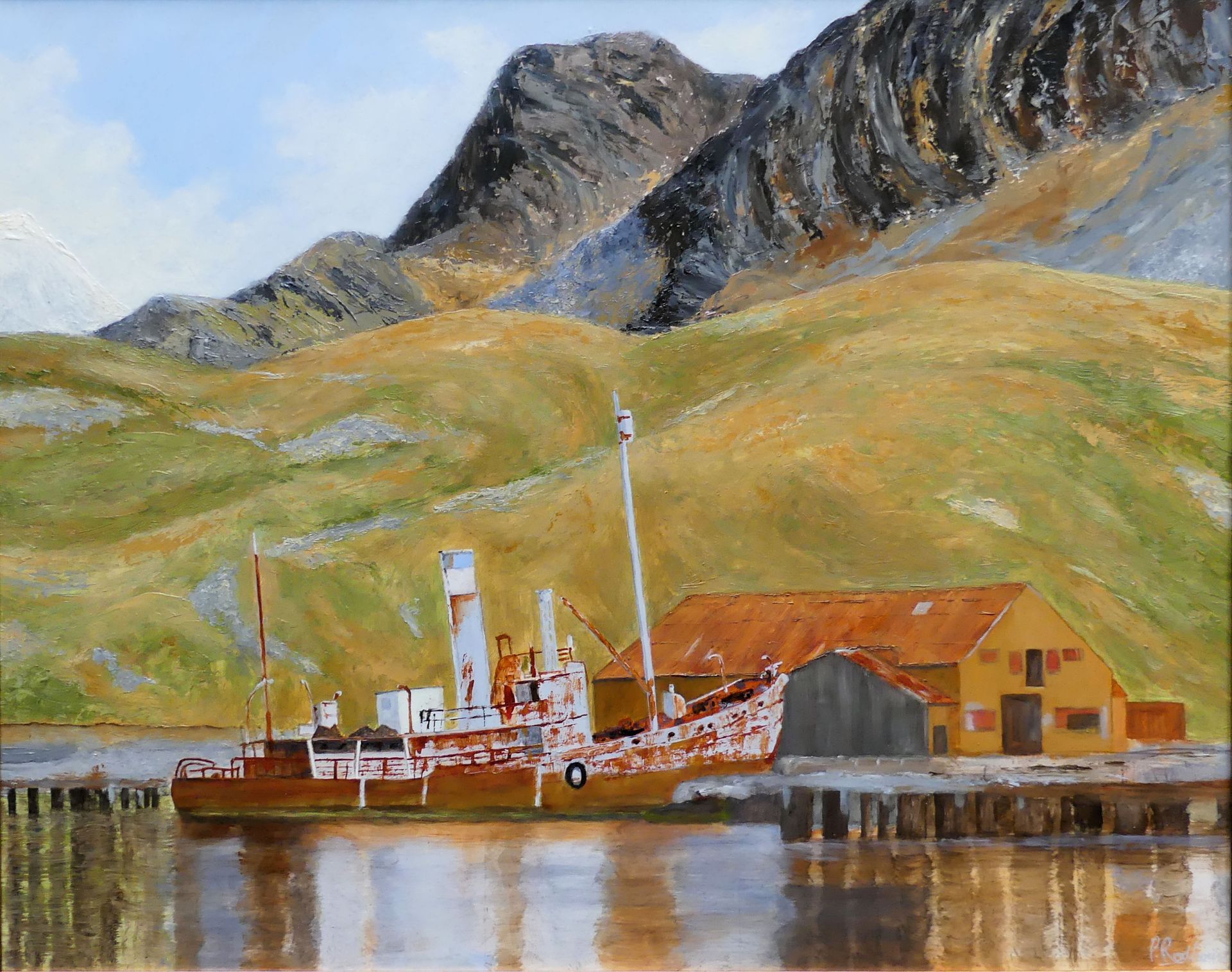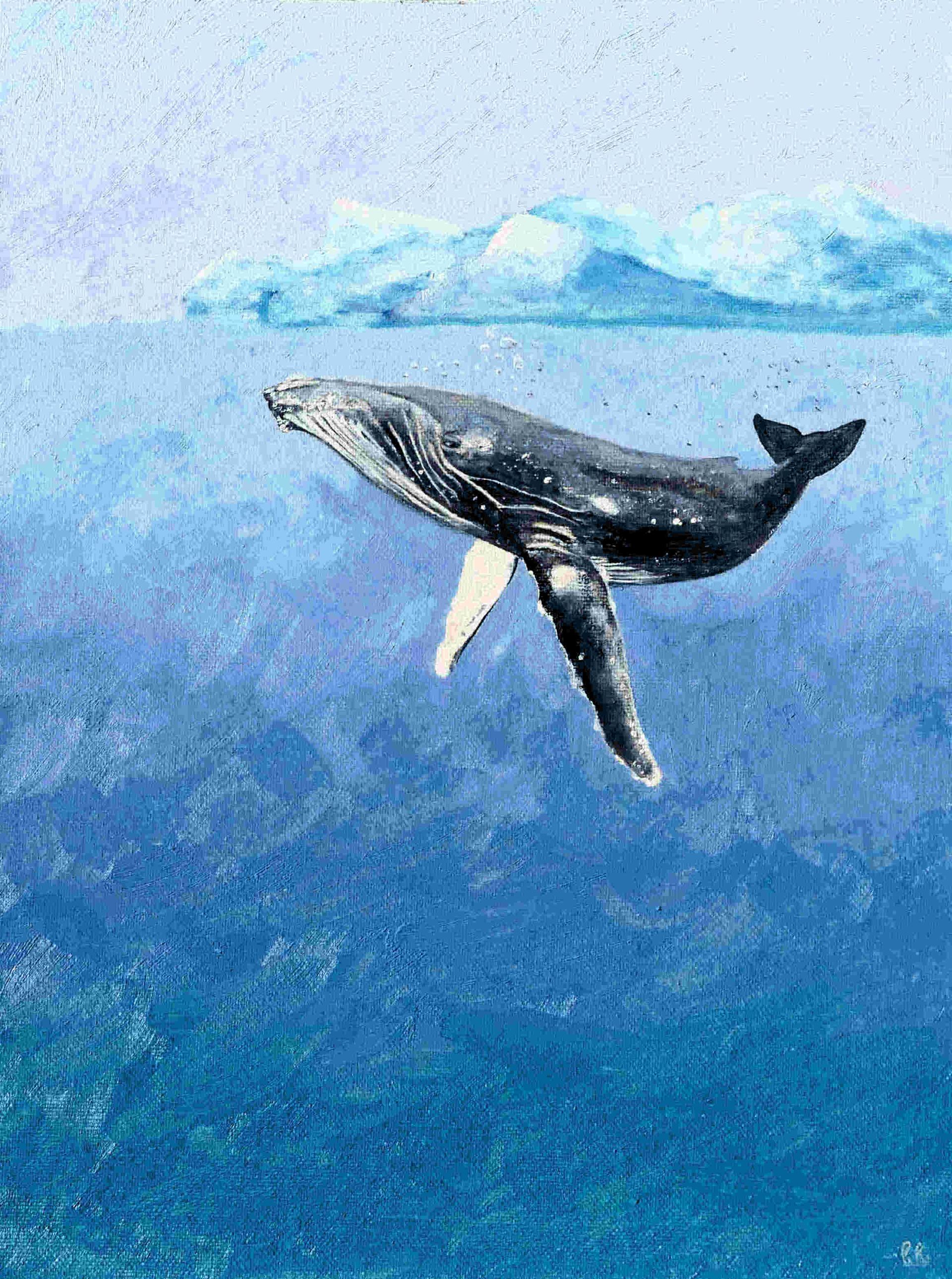Paul Rodhouse D.Sc.
Paul paints marine subjects and is especially interested in the Antarctic, the Southern
Ocean and the islands that surround the continent. His subjects range from seascapes, icescapes, wildlife and the ice strengthened, working ships that visit the south polar region. He mostly paints with oils and acrylics. He is also a keen yachtsman and has a particular interest in painting traditional sailing vessels. Paul’s professional life has been as a marine scientist with a background in oceanography and fisheries. He worked for the British Antarctic Survey for 30 years and is now a BAS emeritus fellow.
Most recent publication:
Sheail, J., Rodhouse, P., Dudeney, J. (2024). Antarctic whaling: a case study in near extinction. CABI Publishing, Wallingford and Boston, 320pp. Paul's book on Amazon





